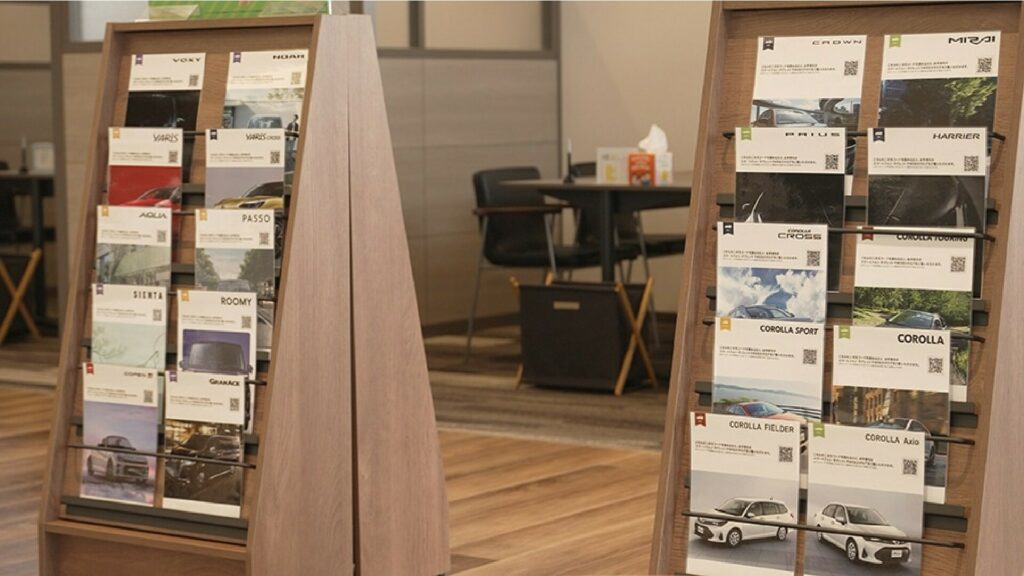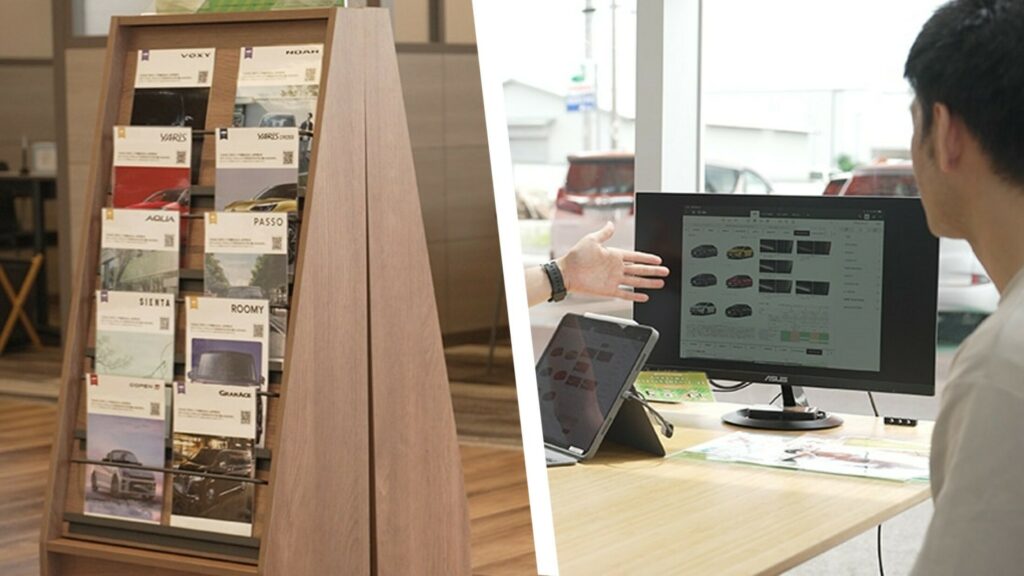The majority of car buyers are used to collecting automotive brochures from dealerships, so they can learn more about their desired models and compare them with rival offerings. However, times have moved on, with websites and online brochures serving as an environmentally friendly alternative. In this context, Toyota announced they will stop providing “paper product catalogs” in Japan, starting January 2025, as a way of further reducing carbon emissions.
According to the automaker, brochures require approximately 7,000 tons of paper on an annual basis – and this number is likely only referring to the needs of the Japanese market. Furthermore, a recent study revealed that the production, transportation, storage, and disposal of paper brochures are responsible for producing as much as 11,000 tons of carbon emissions every year. This amount could be saved alongside valuable forest resources as long as dealers swap paper for digital-only solutions.
More: 40 Years Worth Of Automotive Brochures Helps Japanese Police Solve Crimes

Toyota said in a statement: “We have been providing paper product catalogs for many years, but to further promote SDGs and carbon-neutral initiatives, we will stop producing and printing all paper catalogs for Toyota brand vehicles in January 2025”.
As an alternative to paper, the automaker will introduce “Smart Catalogs” at its Japanese dealerships, in the form of digital terminals. Prospective buyers will have access to high-definition tablets, giving them all the information they need through video and graphics. The digital interface will also allow customers to compare multiple models or trims side-by-side. Finally, for more traditional customers, Toyota will keep offering PDF versions of the brochures through its Japanese website.
While the discontinuation of paper brochures currently stands only for Toyota’s dealers in Japan, a similar strategy could follow in other markets as part of the automaker’s decarbonization goals. This move might let down some automotive enthusiasts and brochure collectors, but chances are that the new generation of buyers will be more than happy to give up paper in favor of screens. After all, this trend is already proven by the significant decline in sales of magazines in the era of social media and websites.





